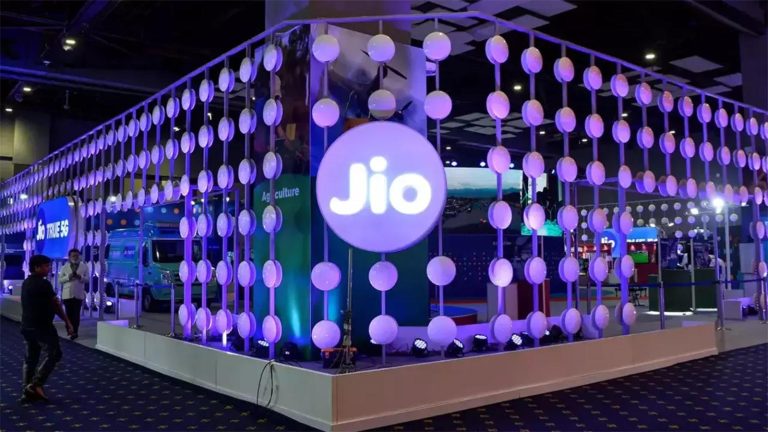Google Finally Revamps Its Sign-In Page with a Modern Look After Months

Tech giant Google is rolling out a visual overhaul to its sign-up and sign-in pages, introducing a more modern aesthetic in alignment with its Material Design philosophy.
The changes are set to be visible across both web and mobile platforms, bringing a fresh look to the user interface.
Visual Transformation, Functionality Unchanged
The redesigned Google sign-in page is aimed at providing users with a more contemporary experience without altering any functionalities. This visual facelift, while refreshing, does not impact the way users interact with the sign-up and sign-in processes.
Implementation Details
Admin and User Controls: Notably, administrators have no control over this feature, and end-users won’t find any settings to enable or disable the new design. The improvements will be automatically applied to the user experience.
Rollout Schedule: The rollout will occur gradually, spanning up to 15 days for feature visibility. Commencing on February 21, 2024, Google anticipates completing the rollout by March 4, 2024.
User Availability: The new design is inclusive, reaching all Google Workspace customers and users with personal Google Accounts.
Evolution of the Google Sign-In Page
Over the past few months, Google has been teasing users with the message, “A new look is coming soon,” each time they accessed their accounts. The anticipated design refresh officially commenced its rollout on February 21, with Google emphasizing the consistency of the new appearance with its broader Material Design concept.
Gradual Introduction
While not an instantaneous change for everyone, Google assures users that the updated design will become visible gradually. The phased rollout is designed to ensure a seamless transition for all users, with the process expected to conclude by March 4, 2024.
No Impact on Functionality
Despite the visual enhancements, users can rest assured that the fundamental functionality of the sign-in page remains unaffected. Signing in will continue to follow established processes, with the redesign primarily addressing the aesthetic aspects.





